There was a time when wealth wanted to be seen. It glittered in gold logos, monogram prints, and attention-grabbing silhouettes that screamed status across every front row and Instagram feed. But by 2026, that noise feels dated — even exhausting. In its place has emerged something more refined, more deliberate, almost spiritual in its restraint. Quiet luxury isn’t about hiding wealth; it’s about redefining what power looks like.
The shift began subtly, like all enduring revolutions do. After years of hyper-consumption and logo wars, the fashion world reached a point of sensory fatigue. When every influencer flaunted the same designer bag, exclusivity lost its meaning. Then came a cultural reset — economic uncertainty, social consciousness, and a collective craving for authenticity. Suddenly, excess began to feel gauche, while subtlety felt powerful. It wasn’t just about dressing differently; it was about thinking differently.
The phrase quiet luxury doesn’t belong to a single brand or moment. It’s a mood — a quiet confidence stitched into every cashmere coat and impeccably cut blazer that doesn’t need to prove anything. It’s the whisper of Loro Piana wool, the precision of a The Row trench, the purity of Jil Sander tailoring, the muted grace of Brunello Cucinelli’s natural palette. These garments don’t shout your worth; they suggest it.
In this new era, style isn’t measured by visibility, but by longevity. The most desirable wardrobe pieces aren’t those that turn heads, but those that stay in rotation year after year — cherished, repaired, and remembered. The “stealth wealth” movement, popularized by cultural touchstones like Succession and the rise of the “old money aesthetic,” made simplicity aspirational again. A clean beige sweater or a pair of well-structured loafers began to speak louder than a thousand monograms ever could.
But quiet luxury is more than just minimalism; it’s mindful luxury. It represents a maturing of taste — an alignment between what we wear and what we value. In a world addicted to display, the most radical thing one can do is withhold. Choosing simplicity in an age of spectacle is an act of quiet rebellion — and an expression of true confidence.
What we’re witnessing in 2026 isn’t the death of luxury, but its evolution. The modern elite no longer chase recognition; they curate discretion. Fashion has grown up — not older, but wiser. And in the silence between stitches, a new kind of sophistication has emerged — one that doesn’t demand attention, yet somehow owns the room.
The Psychology of Restraint – Why We’re Tired of Loud Fashion
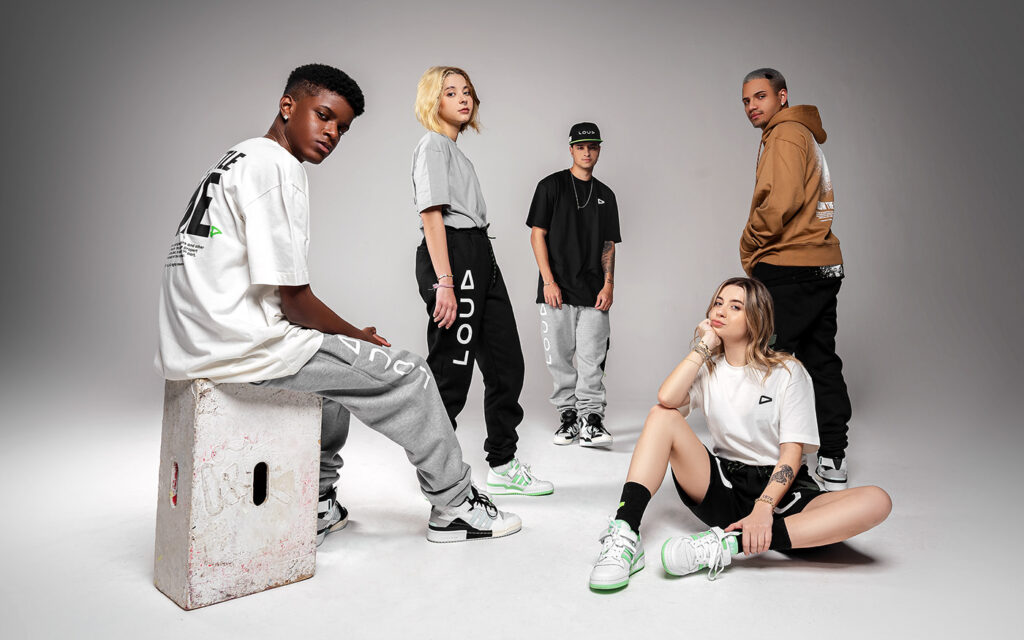
The rise of quiet luxury isn’t just a trend — it’s a psychological release. After a decade defined by digital noise, fast trends, and hyper-visibility, consumers have begun to crave silence, even in what they wear. Loud fashion — with its bold prints, influencer collaborations, and viral “drops” — once symbolized belonging. But by 2026, it feels like exhaustion dressed up as excitement. The constant need to display has worn us down.
Psychologists call it aesthetic burnout — the fatigue that follows overexposure to visual excess. Social media flooded us with images of people performing perfection, each outfit a statement piece designed for the algorithm, not for the human wearing it. We lived under the tyranny of the feed: dress to impress, post to prove, consume to compete. Somewhere along the way, fashion lost its intimacy.
Quiet luxury arrived as an antidote. It doesn’t beg to be photographed — it’s meant to be felt. The power of restraint lies in emotion rather than exhibition. Wearing a perfectly structured blazer by The Row or sliding into the buttery softness of Loro Piana’s cashmere triggers a private satisfaction that no selfie can capture. It’s the tactile equivalent of peace.
This psychological shift mirrors a broader cultural one. The pandemic years forced introspection — a rediscovery of comfort, home, and longevity. As global economies wavered, flaunting excess began to feel tone-deaf. People sought meaning instead of momentum. Clothing became a tool for grounding, not broadcasting. As one user on Reddit’s r/femalefashionadvice put it, “I used to buy clothes to be seen. Now I buy clothes that make me breathe easier.”
Restraint, paradoxically, has become liberation. Choosing fewer, finer things relieves the constant decision fatigue of consumer culture. There’s confidence in enough. Psychologists link this satisfaction to what’s known as self-concordant consumption — purchases that reflect our inner values, not external pressures. Quiet luxury thrives precisely because it aligns with self-awareness; it allows wearers to signal identity without spectacle.
Even brands have started to mirror this emotional intelligence. Marketing has softened from shouty slogans to whisper-like storytelling: muted photography, natural light, long silences between campaigns. The aesthetic is calm, contemplative, sincere. In a way, luxury is learning mindfulness.
By 2026, owning something understated no longer suggests modest means — it signals maturity. It’s not about avoiding attention, but about controlling it. In the age of oversharing, privacy itself has become a privilege, and quiet clothing a form of emotional armor.
Loud fashion tells the world who you think you are. Quiet luxury tells you who you’ve finally become.
The Craft Over the Label – Rediscovering Material Mastery
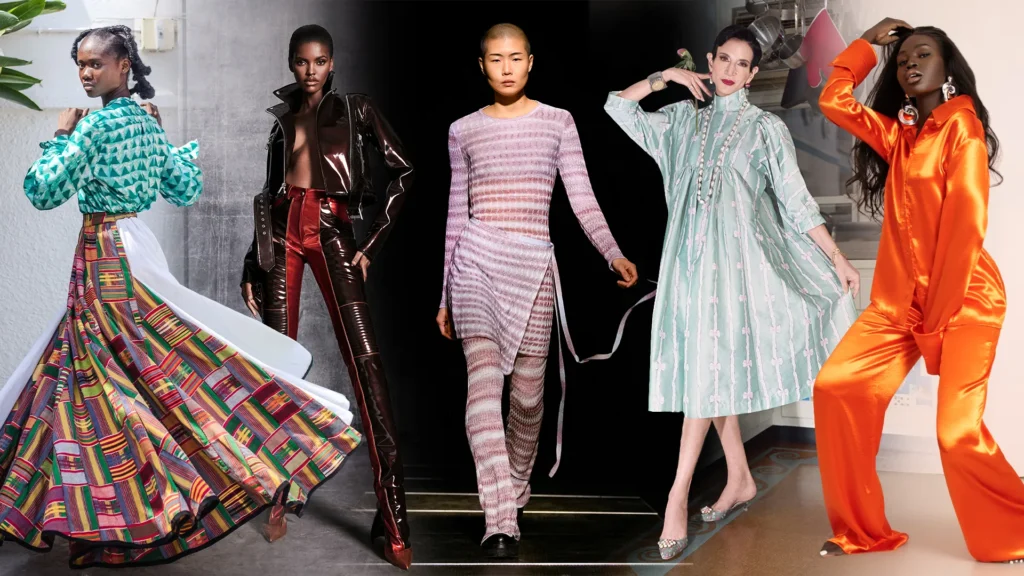
In the age of quiet luxury, craftsmanship has reclaimed its throne. The loudest statement a garment can make in 2026 is the whisper of impeccable construction — the hand-finished seam, the weight of fine wool, the invisible detail only the wearer notices. The new elite don’t ask who made it; they ask how.
The old obsession with logos was, in a way, a shortcut to validation. A monogram declared value instantly, no explanation required. But as consumers grew more educated — and fatigued by fast fashion’s emptiness — they began to rediscover something ancient: the pleasure of quality itself.
Step into a Loro Piana boutique today, and you’ll understand this new sensibility. The air feels calm, the colors subdued — ivory, taupe, soft grey. There are no glaring logos, only the hum of craftsmanship. Each cashmere coat, woven from baby goat underfleece collected in Mongolia, is finished with precision so refined it seems impossible to replicate. It’s not opulence; it’s devotion. The brand’s motto, “The Gift of Kings,” isn’t marketing rhetoric — it’s a quiet philosophy that wealth should feel, not shout.
Brunello Cucinelli, the philosopher-entrepreneur from Umbria, calls it “humanistic capitalism.” His eponymous label blends ethics and elegance in equal measure. Every piece — a linen suit, a cashmere turtleneck — is made in Solomeo, a medieval village revived through craftsmanship. The stitches are almost meditative, each one a gesture of patience. To wear Cucinelli is to feel the rhythm of human hands; to buy it is to invest in a worldview that values dignity over display.
Then there’s The Row, where restraint becomes art. Mary-Kate and Ashley Olsen’s brand has become the north star of modern minimalism. Every silhouette — the elongated coat, the silent leather sandal, the perfectly weighted white shirt — carries a sacred sense of proportion. There are no embellishments, no clever tricks, only balance and drape. The Row’s luxury lies in its invisibility: it feels timeless because it refuses to chase time.
Jil Sander continues this lineage of intellectual purity. Her garments are poems of precision — controlled volumes, crisp fabrics, monochrome palettes. They appeal to those who find power in precision rather than spectacle. Similarly, Maison Margiela’s Artisanal line, under John Galliano, experiments with deconstruction not for shock value, but for reverence — repairing, reconstructing, and reimagining garments so they live again.
Even heritage houses have quietly evolved. Hermès, long known for its craftsmanship, has leaned further into texture storytelling: buttery calfskin that gains patina with age, silk scarves that outlast generations. Bottega Veneta’s intrecciato weave now serves as an emblem of tactile identity — a brand signature readable only to those who know.
Across these ateliers, there’s a shared principle: the fabric should speak before the brand does. Cashmere, linen, silk, brushed cotton — the raw materials are chosen not for show, but for sensation. In an age dominated by digital touchscreens, the return to texture feels almost spiritual. People want to feel again — to sense weight, warmth, authenticity.
Quiet luxury thrives because it restores trust. It invites consumers back to the slow, sensory joy of ownership — not consumption. When someone buys a hand-stitched coat or a pair of perfectly balanced loafers, they’re not acquiring fashion; they’re investing in permanence.
In 2026, the highest form of style isn’t newness — it’s nuance. And those who understand the language of materials don’t need to say a word.
The Row Effect – Minimalism as Modern Power Dressing
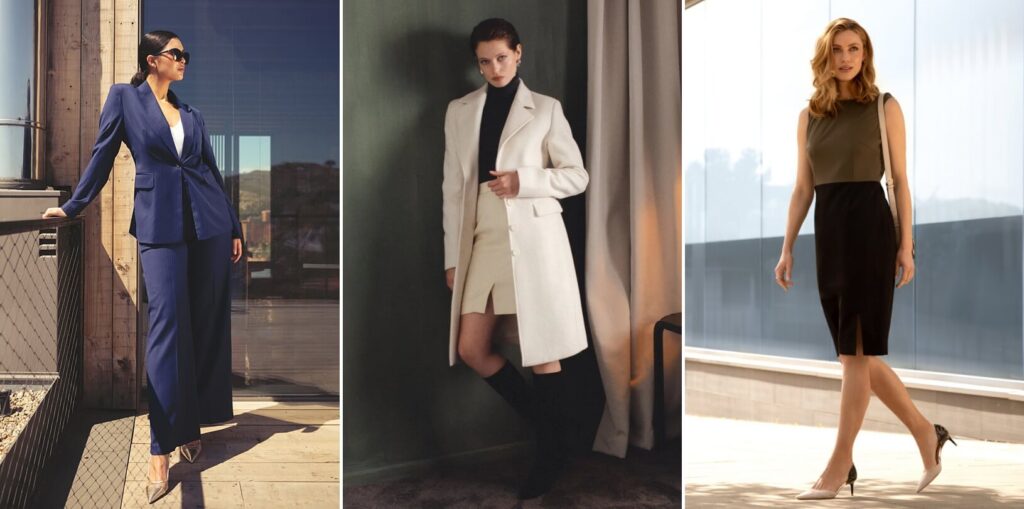
Few brands have redefined modern luxury as quietly — or as powerfully — as The Row. In a decade obsessed with spectacle, Mary-Kate and Ashley Olsen built an empire on silence. No flashy campaigns, no influencer armies, no logo prints — just exquisite form, discipline, and restraint. What they created wasn’t just a fashion label; it was a new emotional language for ambition.
When The Row launched in 2006, minimalism was already having a moment. But what the Olsens introduced was something more layered — minimalism not as aesthetic, but as attitude. They translated what restraint feels like: self-possession, calm authority, and deliberate detachment. By 2026, their philosophy has become the gold standard of what’s now called intellectual luxury — clothing that doesn’t scream for validation but commands quiet respect.
Every piece by The Row is a study in proportion and presence. The fabrics — double-faced cashmere, Japanese silk, unbleached wool — move like breath. The silhouettes elongate the body but never exaggerate it. Even the palette — bone, charcoal, camel — seems to invite composure. There’s no need to impress; the wearer simply exists, self-contained and certain.
To wear The Row is to understand restraint as power. In a world where everyone is constantly performing, the woman in The Row opts out. She doesn’t compete for attention — she controls it. The appeal lies in this paradox: anonymity that reads as influence. In boardrooms, art galleries, and political spaces, this aesthetic signals something money can’t always buy — discernment.
Celebrities and cultural figures have embraced it not for visibility, but for invisibility. Gwyneth Paltrow’s 2024 courtroom wardrobe — all creamy knits and softly tailored trousers — became a masterclass in quiet confidence. Sofia Richie Grainge’s 2025 wedding, styled almost entirely in The Row and Chanel Haute Couture, cemented minimalist opulence as the modern dream. Even TikTok, the birthplace of loud trends, has rebranded simplicity as aspiration, coining hashtags like #CleanAffluence and #UnderstatedPower.
What The Row has done so masterfully is transform minimalism into emotional armor. It offers an antidote to chaos — a uniform for clarity. In uncertain times, simplicity feels safe, serene, and sovereign. As one fashion editor put it, “The Row doesn’t just design clothes; it designs silence.”
That silence, in 2026, has become the new status symbol. Not the absence of personality — but the mastery of it.
Bottega Veneta and the Art of Non-Logo Identity
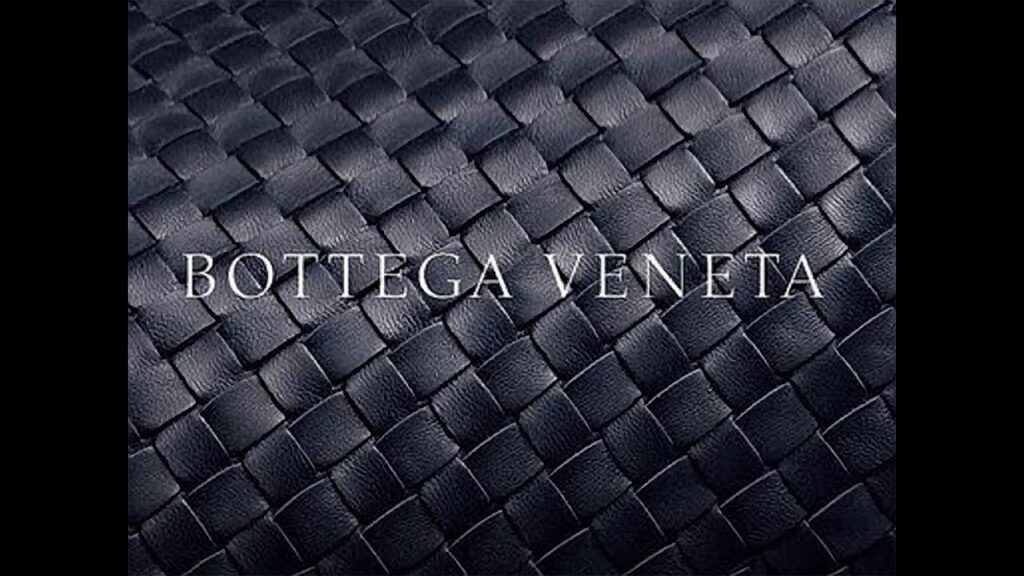
If one house defines the soul of quiet luxury, it is Bottega Veneta. For more than half a century, the brand has lived by a simple creed — “When your own initials are enough.” In those six words lies the philosophy that has come to define a generation tired of performance. Bottega does not sell recognition; it sells restraint.
Founded in Vicenza in 1966, the Italian label has always believed that craft could speak louder than logos. Its signature intrecciato weave — strips of leather hand-braided with mathematical precision — became its silent emblem. There’s no monogram, no hardware shouting for attention. The weave itself is the logo: tactile, timeless, and instantly understood by those who know.
Under Daniel Lee, and later Matthieu Blazy, Bottega found its modern rhythm. The silhouettes grew sculptural yet soft; the colors, rich yet muted — forest greens, buttery neutrals, and earthy reds that whisper Tuscany at dusk. The brand abandoned social media entirely in 2021, a radical gesture that predicted the future of luxury. In a world obsessed with visibility, Bottega Veneta chose invisibility — and grew more magnetic for it.
By 2026, that decision feels visionary. Every new drop arrives without fanfare, communicated through hushed word-of-mouth and curated presentations. The result is anticipation, not saturation — desire built on discovery. Bottega has mastered what marketers now call quiet virality: the power of exclusivity in an age of overexposure.
Its accessories — the Cassette Bag, Jodie Hobo, and Lido Sandals — have become symbols of discernment. You spot one not because it flashes, but because it doesn’t. The soft geometry of the weave, the perfect tension of leather, the absence of ornamentation — it’s confidence distilled into craft. Celebrities, editors, and minimalists alike reach for it as shorthand for sophistication. In online communities, fans call this allure “if-you-know-you-know luxury.”
But Bottega’s genius lies not only in what it omits, but in what it offers — tactility, durability, and emotional presence. A Bottega bag doesn’t just accessorize an outfit; it anchors a mood. It moves like architecture softened by time, luxurious yet lived-in. Every inch of it is human touch: over 300 steps by artisans who still cut leather by hand.
In the landscape of 2026, where many brands chase digital noise, Bottega remains an act of resistance. It reminds us that anonymity can be seductive, that real luxury doesn’t need validation — it needs integrity.
And perhaps that’s the ultimate mark of taste today: to own something beautiful that only whispers your story to those close enough to listen.
The Cultural Shift – From Display to Discretion

Fashion has always been a mirror of its time — reflecting not only taste but temperament. In 2026, that reflection is quieter, slower, and infinitely more self-aware. The shift from display to discretion isn’t merely aesthetic; it’s cultural. It reveals how deeply the world has changed — and how weary it has become of noise.
For years, fashion was a stage. Instagram made everyone an audience and a performer, turning style into a spectacle of validation. The “drop” culture of the early 2020s taught consumers to chase scarcity while drowning in abundance. But somewhere between global crises, inflation, and burnout, the appetite for performance began to wane. People wanted calm — not clout.
The result is the rise of discretion as identity. The most influential people no longer dress to attract attention; they dress to command it without asking. It’s a form of cultural intelligence — knowing that true power doesn’t require proclamation. You see it in Gwyneth Paltrow’s courtroom chic — clean lines, cashmere sweaters, tone-on-tone serenity — or in Sofia Richie Grainge’s wedding wardrobe, hailed as the blueprint for understated affluence. You feel it in the wardrobes of Succession’s Roy family: crisp tailoring, neutral palettes, and fabrics that whisper old money without ever naming it.
Economically, it makes sense. After the excesses of fast fashion and influencer capitalism, people are recalibrating. Buying fewer, better things isn’t just sustainable; it’s emotionally sustainable. Psychologists describe it as a form of financial mindfulness — choosing quality not just for status, but for sanity. The well-dressed of 2026 aren’t chasing novelty; they’re curating longevity.
This new discretion also signals a social reset. When the world became hyper-transparent — every opinion, outfit, and meal broadcasted — privacy gained new prestige. To be unseen became the ultimate luxury. The quiet luxury aesthetic resonates because it embodies this desire for control — over attention, over narrative, over self.
And yet, it’s not about exclusion. Discretion in 2026 isn’t cold or elitist; it’s intentional. It celebrates intimacy — the feeling of being known deeply by few, not superficially by many. Just as Bottega Veneta left social media to reclaim mystery, individuals are learning to reclaim their own.
Fashion, in this light, becomes not a megaphone but a mirror — reflecting inner peace rather than external performance. The cultural mood has matured. We’ve moved from shouting to whispering, from flaunting to feeling.
Discretion has become the new display — proof that true sophistication lies not in being seen by everyone, but in being understood by the right ones.
Accessible Quiet Luxury – Brands Bridging Minimalism and Affordability
Quiet luxury may have started in the penthouses of Manhattan and Milan, but by 2026 it’s no longer reserved for the elite. Its influence has trickled down — not as imitation, but as translation. The essence of discretion, timelessness, and craftsmanship has found its way into the wardrobes of teachers, entrepreneurs, and professionals who crave refinement without pretense. The new luxury is not about price; it’s about peace.
What was once called “stealth wealth” has matured into everyday elegance. Affordable luxury brands like COS, Totême, Massimo Dutti, Arket, Everlane, and Uniqlo U have become the modern tools of quiet sophistication. Their appeal lies not in aspiration but in alignment — the shared belief that beauty should serve function and endure time.
COS – Architectural Simplicity for the Everyday Minimalist

Totême – Scandinavian Serenity
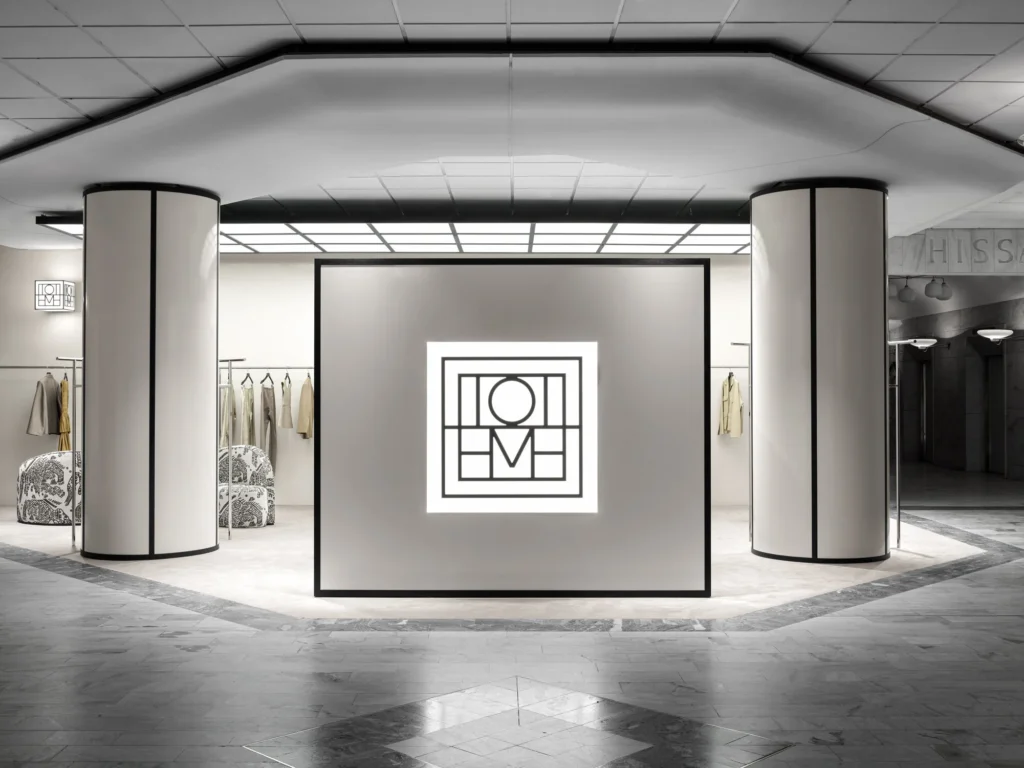
Founded by Swedish stylist Elin Kling, Totême epitomizes Northern restraint — monochrome palettes, structured outerwear, and relaxed luxury that feels almost spiritual in its simplicity. A Totême coat or pair of tailored trousers doesn’t just flatter the body; it grounds it. By 2026, the brand has become the global reference for minimalist elegance under $1,000 — attainable yet aspirational, familiar yet refined.
Everlane – Transparency as Luxury

Everlane continues to redefine what affordable luxury means through radical transparency. Its minimalist knits, crisp cotton shirts, and clean denim lines embody the emotional honesty consumers now crave. The appeal isn’t just aesthetic — it’s ethical. Wearing Everlane feels like participating in a better system: one that values quality, fair wages, and truth over trend.
Massimo Dutti and Arket – The Refined Mainstream
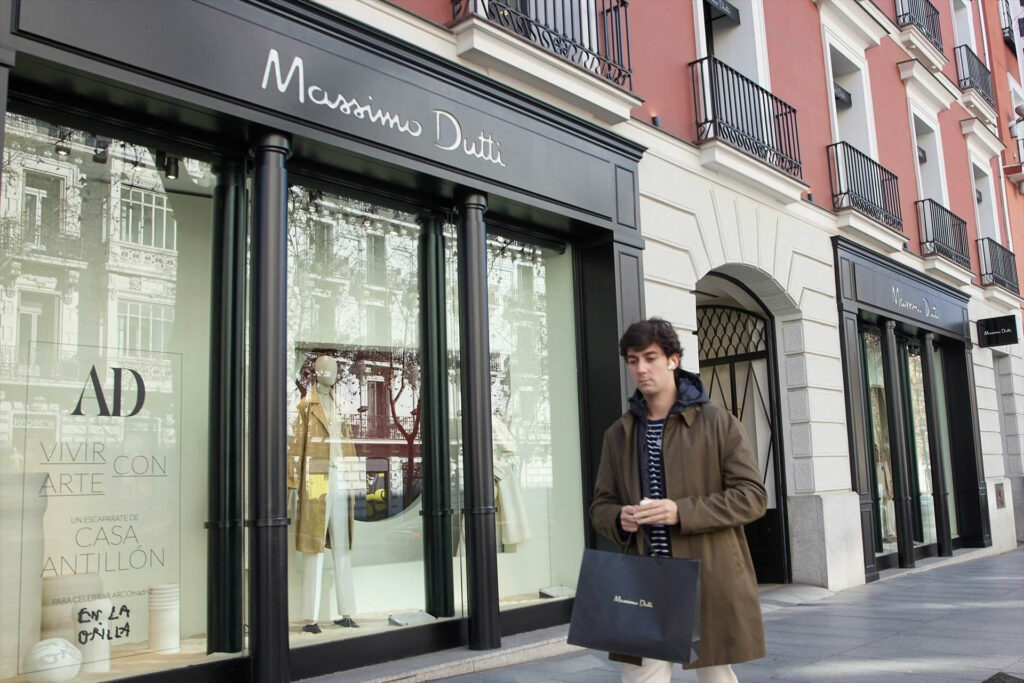
Massimo Dutti, with its European tailoring and buttery neutrals, quietly caters to professionals who once sought prestige through logos. Meanwhile, Arket, H&M’s elevated sibling, channels Scandinavian design ethics — recycled fabrics, timeless fits, and seasonal moderation. Both offer an accessible bridge between mindfulness and modernity.
Uniqlo U – Democratic Precision

At the most democratic end of the spectrum, Uniqlo U — under artistic director Christophe Lemaire — perfects the balance of utility and grace. Its fine merino knits, cotton trench coats, and minimal tees embody the Japanese ethos of shibui: beauty in simplicity.
Together, these brands prove that quiet luxury isn’t an economic tier — it’s a mindset. The real value lies not in how much you spend, but how much thought you bring to what you own.
In 2026, sophistication isn’t about having more — it’s about choosing better. Quiet luxury has become truly inclusive: an aesthetic of calm that anyone, anywhere, can wear with grace.
Sustainability and Subtlety – The Ethical Undercurrent

Quiet luxury and sustainability were always destined to meet. Beneath their surfaces lies the same philosophy — respect. Respect for materials, for craftsmanship, for time, and for the invisible human hands that make beauty possible. In 2026, as the world grapples with climate urgency and consumer fatigue, the most elegant expression of taste is not abundance, but awareness.
The quiet luxury wardrobe is, by nature, sustainable. It resists trend cycles and honors longevity. Each garment is designed not to dominate attention, but to endure it — worn season after season until it becomes part of one’s identity. A perfectly cut camel coat or linen dress doesn’t age; it evolves. This is why brands leading this movement are not just making clothes — they’re cultivating conscience.
Gabriela Hearst – Ethics in Every Seam
At the forefront of this movement is Gabriela Hearst, whose collections merge sensual minimalism with radical transparency. Her garments are crafted from deadstock fabrics, regenerative wool, and recycled cashmere sourced from small farms in Uruguay. Each piece carries a story of restoration — not only of the planet but of fashion’s lost integrity. As Hearst often says, “Luxury without sustainability is no luxury at all.”
Nanushka – The Art of Modern Responsibility
From Budapest, Nanushka continues to redefine contemporary elegance with vegan leather, recycled yarns, and earth-toned minimalism. Its founder, Sandra Sandor, describes her design ethos as “functional beauty” — clothes meant to serve both body and planet. In 2026, Nanushka’s muted tailoring and soft draping have become the visual language of quiet eco-luxury: nothing wasted, nothing loud, everything intentional.
Studio Nicholson & Another Tomorrow – The New Purists
British brand Studio Nicholson builds modular wardrobes meant to last a lifetime. Crisp Japanese cottons, sculptural shapes, and gender-neutral tailoring encourage mindful repetition — the opposite of disposability. Meanwhile, Another Tomorrow, a B Corp–certified label from New York, integrates traceability into every step: QR codes on each tag reveal where every fiber came from and who made it. Their approach makes ethics visible — but never loud.
What unites these brands is an understanding that luxury cannot exist without accountability. Subtlety, once a matter of aesthetics, has become a moral position. To be understated now means to be awake — aware of impact, process, and provenance.
In a world overwhelmed by greenwashing, quiet luxury stands apart because it practices what others preach. There are no slogans, no sustainability campaigns splashed across billboards — only action, woven softly into the product itself.
As consumers mature, they’re discovering that true refinement doesn’t come from adding, but from editing. The most sophisticated wardrobes of 2026 are lighter — fewer items, finer details, deeper meaning.
Quiet luxury isn’t the opposite of sustainability; it is sustainability, spoken in silk and silence.
The Future of Luxury – Digital Silence, Sensory Depth
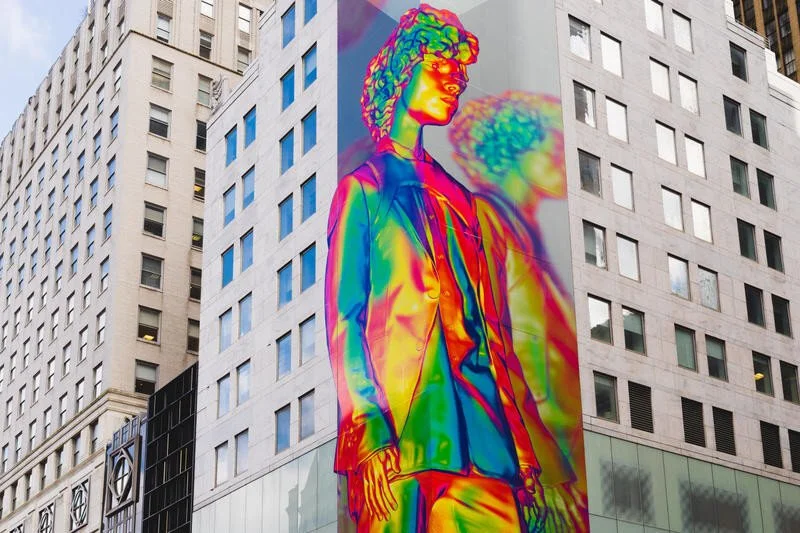
If luxury once belonged to the loudest voice, the future belongs to the quietest room. In 2026, the most coveted brands aren’t shouting through social feeds — they’re cultivating silence. Digital silence has become the new mark of confidence. It’s no longer about being everywhere; it’s about being selectively present.
As social media drowns in algorithmic noise, high-end houses are retreating — publishing fewer posts, dropping fewer collections, and trading constant relevance for controlled intimacy. It’s a rebellion against the digital chaos they helped create. Bottega Veneta’s exit from social platforms was only the beginning. By 2026, several luxury labels — from The Row to Lemaire — have embraced digital minimalism, choosing physical experience and craftsmanship storytelling over endless online exposure.
This new restraint has redefined exclusivity. The brands that thrive are the ones that invite the senses back into fashion. Touch, texture, and temperature have replaced filters and hashtags. Step into a flagship boutique and you’re met not with blaring music or neon displays, but the soft rustle of natural fibers and the quiet scent of wood. Luxury is becoming immersive again — not virtually, but viscerally.
At the same time, technology isn’t disappearing; it’s maturing. AI and material innovation now operate in service of slowness, not speed. Algorithms no longer chase trends but learn personal rhythms — suggesting fewer, better purchases. Luxury e-commerce has evolved into bespoke digital craftsmanship, where virtual fittings replicate the intimacy of a Paris atelier.
Consumers, too, are evolving. After years of scrolling and self-promotion, they crave tactility — fabrics that feel human, objects that carry weight. This hunger for sensory depth explains why sales of natural fibers and artisan-made goods are rising globally, even as fast fashion falters. The next luxury boom isn’t digital — it’s emotional.
In the coming years, the most advanced brands will be the ones that understand the paradox: that in order to feel modern, fashion must feel real.
Luxury is entering an age of gentle intelligence — a world where silence speaks louder than spectacle, and connection is measured not in clicks, but in touch.
Reflection – When Stillness Becomes Style
There’s a rare beauty in stillness — the kind that doesn’t seek attention but naturally draws it. By 2026, fashion’s most profound transformation isn’t in fabric or silhouette; it’s in energy. The age of quiet luxury has shown us that style no longer needs to shout to be heard. It simply needs to be.
The new elegance thrives in restraint — in the soft drape of wool, the calm rhythm of a neutral palette, the confidence that comes from dressing for self, not spectators. In this stillness, we find meaning. It’s a response to years of overstimulation — a rebellion wrapped in serenity. After decades of accumulation and performance, we’ve learned that peace is the new prestige.
The quiet luxury movement isn’t about rejecting beauty; it’s about refining it. It reminds us that true sophistication doesn’t need spectacle because it was never about appearance — it was about awareness. Awareness of craftsmanship, of ethics, of identity. Awareness that the things we choose to wear carry weight beyond trend cycles; they reflect who we’ve become.
There’s a kind of power in choosing silence in a world addicted to noise. The power of self-restraint, of privacy, of confidence that doesn’t require validation. Each generation rediscovers luxury through its own lens — for ours, it’s through intention. We’ve replaced the logo with lineage, the statement with substance, and the fleeting with the timeless.
Quiet luxury, at its core, is not a style — it’s a state of mind. It’s how the modern world rediscovers grace.
As we look ahead, fashion’s most enduring symbol won’t be the monogram or the influencer post; it will be the perfectly unremarkable coat that outlasts every trend, worn quietly by someone who doesn’t need to be seen to be remembered.



